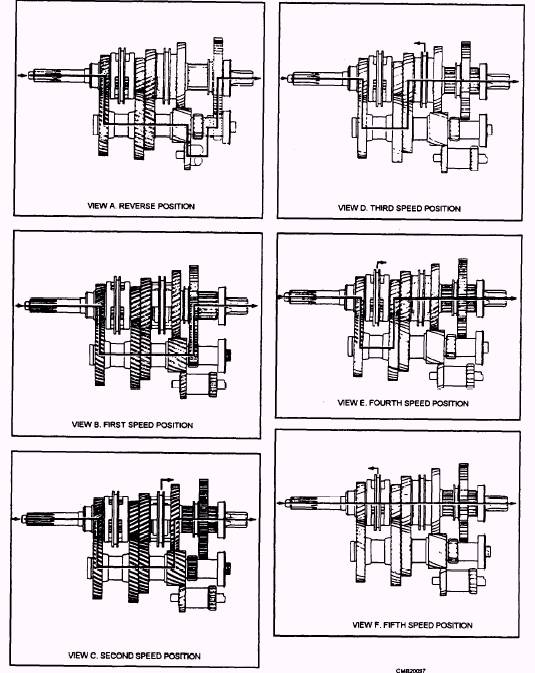

Why three phases? Why not one or two or four? In 1-phase andĢ-phase power, there are 120 moments per second when a sine wave isĬrossing zero volts.

It is simply three single phases synchronized and offset by 120 degrees. There is nothing magical about three-phase power. If you were to look at the three phases on a graph, they would look like this relative to ground:
#Power flow through a transmission line plus
There are four wires coming out of every power plant: the three phases plus a neutral or ground common to all three. The power plant produces three different phases of AC power simultaneously, and the three phases are offset 120 degrees from each other. You'll learn about the AC power produced at the power plant.

#Power flow through a transmission line generator
But in most cases, the thing spinning the generator is a steam turbine. Something has to spin that generator - it might be a water wheel in a hydroelectric dam, a large diesel engine or a gas turbine. In almost all cases, the power plant consists of a spinning electrical generator. Power grid, you will be able to really see it and understand what isĮlectrical power starts at the power plant. In this article, we will look at all of the equipment thatīrings electrical power to your home. Likely ignores all of the power lines because it has seen them so Public, in fact, that you probably don't even notice it anymore. The grid is quite public - if you live in a suburban or rural area,Ĭhances are it is right out in the open for all to see. Power travels from the power plant to your house through an amazing system called the power distribution grid. Without it, life can get somewhat cumbersome. Light, sound, computation, entertainment. Use it for heating, cooling, cooking, refrigeration, Switch, that you realize how important power is in your daily life. When you walk into a dark room and instinctively hit the useless light Really think about it until it is missing. Electrical power is a little bit like the air you breathe: You don't


 0 kommentar(er)
0 kommentar(er)
